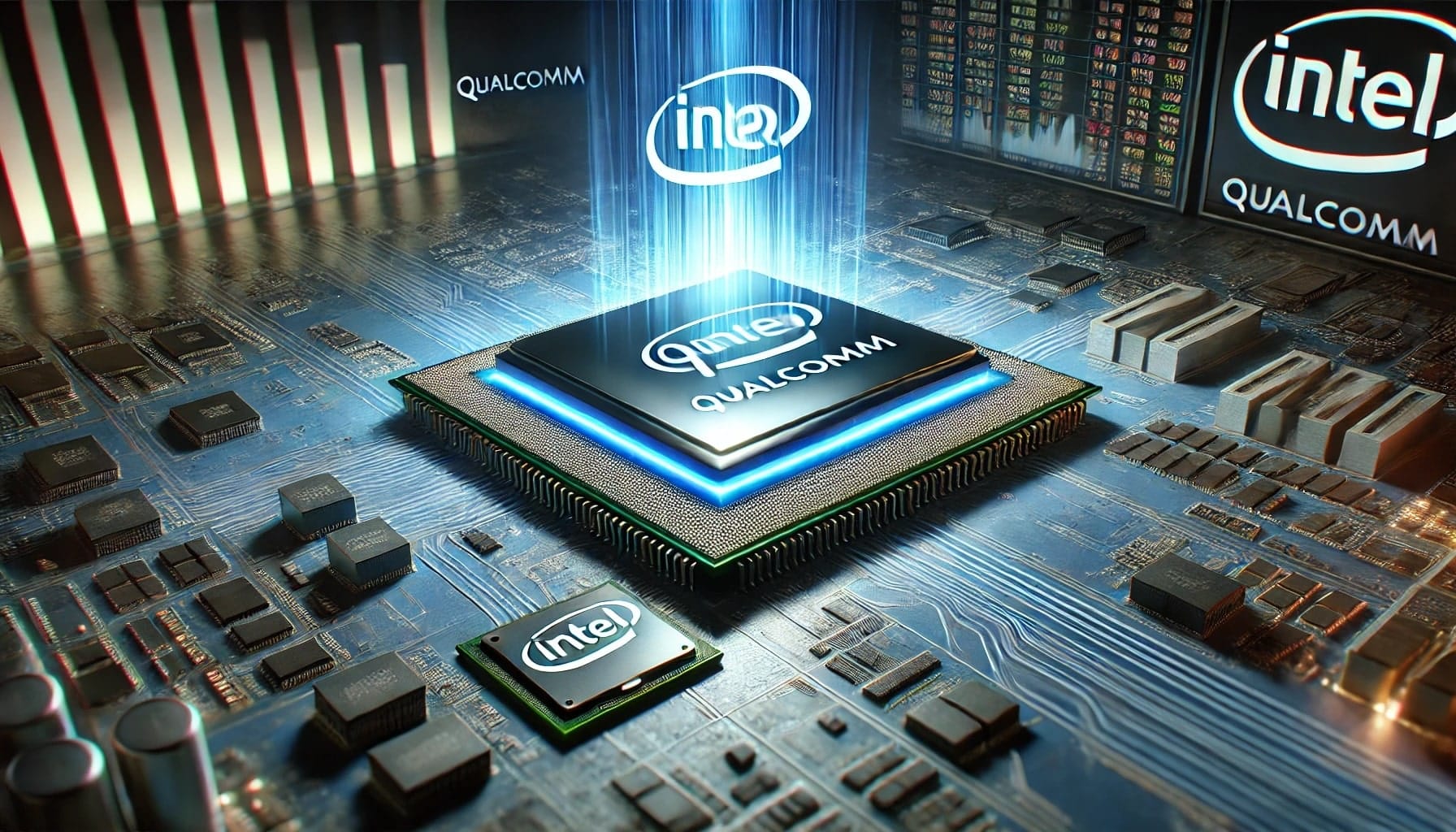The PC market, traditionally dominated by Intel and AMD x86 processors, is seeing systems based on Arm architecture starting to gain prominence. However, Michelle Johnston Holthaus, Intel’s interim CEO, has pointed out significant hurdles for PCs powered by Arm processors, especially those with Qualcomm’s Snapdragon X Elite, highlighting the high return rates as a key challenge for retailers.
Return Issues and Compatibility
According to Johnston Holthaus, retailers are reporting high return rates for devices powered by Qualcomm, which is raising concerns. “When you set up these devices, many things we take for granted just don’t work,” she explained during the Barclays Global Technology Conference. This issue is mainly attributed to software compatibility failures, which frustrate consumers.
While Arm-based systems account for approximately 10% of the global PC market, most of these are Apple devices with M-series processors. In contrast, PCs with Snapdragon X Elite barely reached 0.8% of the market in the third quarter of 2024, underlining Qualcomm’s struggles to establish itself within the Windows ecosystem.
A Transforming Market: Arm Gaining Ground
Qualcomm is ambitious and forecasts that, in the coming years, 50% of PCs will use processors based on Arm architecture, which would imply a substantial shift for the industry. However, this projection faces significant barriers, such as compatibility issues, low performance in gaming, and the strong offerings from AMD and Intel.
The landscape is expected to change significantly in 2025, when new competitors like MediaTek and Nvidia enter the PC market with Arm processors. Both giants, leveraging their expertise in embedded systems and graphics, could intensify competition in a sector where Intel has been a leader for decades.
Although Apple has demonstrated the potential of Arm with its success in M-series processors, Johnston Holthaus notes that Apple’s experience is unique due to its closed ecosystem, where hardware and software are fully integrated. This contrasts with the much more fragmented Windows ecosystem, where incompatibilities are more frequent.
Intel’s Response: Lunar Lake and Strategic Relationships
Intel acknowledges the threat posed by Arm-based systems but expresses confidence in its ability to remain relevant. Johnston Holthaus highlighted the advancements made with Lunar Lake, Intel’s latest generation of processors, which matches or exceeds many Arm-based devices in terms of energy efficiency and performance.
Additionally, Intel is banking on its long-standing relationships with PC manufacturers, which have maintained a strong alliance with x86 architecture for decades. Johnston Holthaus stated: “Our customers have been working with Intel for decades, and those relationships don’t disappear overnight.”
Intel also views its manufacturing capability as a key advantage over new competitors. The company is committed to continuing to optimize its designs to better compete with Arm’s offerings in terms of performance and energy consumption.
A Future of Increased Competition and User Benefits
The increase in competition in the PC processor market promises to benefit both manufacturers and consumers by driving innovation and lowering prices. However, Arm-based systems will need to address critical compatibility and performance issues to gain market share.
For Intel, the challenge lies not only in improving its technology but also in adapting to an increasingly competitive market, with players like MediaTek, Nvidia, and Qualcomm that could change the game.
Conclusion: 2025 Will Redefine the PC Market
The PC market is at a turning point, with Arm-based systems gaining interest and new competitors ready to enter the scene. Although today compatibility issues and high return rates affect Qualcomm, the landscape could change dramatically in the coming years. For Intel, maintaining its leadership will depend on its ability to innovate and consolidate its position in a market where competition has never been so intense.
via: Tom’s Hardware

